The North Pole, the Arctic, Extreme Cold…..There´s something with these three words which are more attractive to potential explorers or armchair adventurers than any other challenge or adventure on earth. When I write about deserts, heat, Jungles, yes, people read it, but as quick as I start writing or lecturing about the Polar areas, my readership triples and interest grows immensely. There´s a lure of attraction which is extremely strong! For this reason, I am happy to publish in article about the North Pole and it´s history which isn´t much known. Put the name George Delong in your notes as regards to the North Pole!
Nothing But Frozen Water
By
Carl Gutjahr
This is a story about the first U.S. Navy Polar Expedition with a key-catalyst role in the developments leading to finally reaching the North-Pole. It is also an expression of respect to the early explorers and apprehension about the rapid impact of climate change.
Only some 130 years ago, the North Pole was still known to be an impenetrable area where no man had been. From early historic writings by the Greeks, we can tell they knew that the more northern travelers would come, the colder it would get. Also remarks about “crystal pillars, hard as marble” floating at sea (5th AD) tell us how far north men had been at that early stage in our history. A map from 1482 mentions “Mare Glaciale”, but until the late 1800, no records are known of any body truly deeply entering this vast and majestic world of ice and snow.
It is men’s nature to explore. Some of us want to go a long way risking all they have, just to be part of that special sensation of entering unknown territory and be the first person to set foot on uncharted, unvisited places. Only 130 year ago, the world still was such place with Mr. Stanley “bumping into” Mr. Livingstone in Africa, with many mountain peaks unclimbed and both Poles the most hostile, mystical and enormous parts of our planet. The ice caps existed, and there did not seem to be something else.
Drawing the attention of scientists, politicians, businessman and adventurers, the discussion about the Poles intensified more and more. According to them, it was still to be determined whether it was water, land or ice, or a combination.
Today, within one hundred years of time, this once unknown, everlasting world of ice gets more attention than ever. Once a desolate, dangerous territory where no man had been as far as is known, today some scientist say we can sail there in some 5-10 years time with hardly any ice in summer. Quite a dramatic change in such a ridiculous short time span of the world’s entire life…. We should not be pointing at one particular cause as the reasons for this change could be more than one, or a combination of interesting but sad elements by itself. Regardless, the effect of the melting of ice to such an extent would go far beyond comprehension of those explorers trying to reach the Poles in those days.
The world of Polar Exploration has a particular attraction to it. Not necessarily for Arctic voyagers or extreme outdoor people only. Just like great mountaineering stories or great escapes at the world’s oceans, it is the extreme confrontation of human capabilities and abilities which stirs the imagination of many of us. The American George Delong had been in the Arctic regions before and knew very well what he could expect. Moreover, he also had figured out a certain understanding of ocean currents which made him believe that choosing the “entrance” of the Bering straight, this would bring the ship to the highest possible latitudes. Delong lived in a time that continents were still being discovered or entered at totally unknown territory. The excitement of being part of history, by actually reaching the North Pole, or come closest to it, must have been huge.
The North Pole expedition at that time consumed a lot attention. Not only because its main sponsor happened to be the owner of the ‘Herald’ providing updates regularly, by having a journalist on board, but also because of the very believe this could be –the- successful expedition. Looking back quickly, they actually were, if not the last stage during their escape had been without one gale too strong for an exhausted crew and ended just a month earlier, only some miles more to the East. Than, they would have achieved the maximum possible, something an even more advantageous Scandinavian Explorer would also find out some years later, with similar results -exploration wise- but with no loss of ship or crew and by indeed an unheard of spectacular survival story of a retreat of many months in extremely difficult circumstances.
Why is the “Jeanette” expedition by Delong not as well known to the larger public? Why do we read a lot about other Polar stories, and not so much about the “Jeanette” expedition? There are monuments from the “Jeanette” expedition in New York, Anapolis and even in the Lena Delta itself. Islands they discovered where named after the ship, its sponsors, and the Captains wife. They are silent reminders of not only a tragedy, but also from a key journey. So, to many people interested in the Arctic and history of Polar exploration, it did matter a lot. But still, it is like giving a pass to the player who makes the goal. Delong and his crew were on the very right track and have given this pass with the right reasoning in their minds as how to reach the Pole. They could not score, but others did, based on Delong’s expedition. It is understandable that the inadvertent triggers leading to a clue are not recognized that much. There were the Antarctic and the Arctic, and only two people could win “a first”. All others contributing indirectly to the success, are of another category and tend to disappear in a more grey area.
Frithjof Nansen, although not making it to the North Pole, came “farthest North”, survived his journey and had been a celebrity for the rest of his life and took up many important positions. Shackleton, also not making it to the South Pole, also had a magnificent story to tell, accompanied by great photography. Delong just lost his venture of his life in the very last stage, and only his logbooks as well as some of his crew could tell us about the pathetic events which took place. Nansen took the prize of proving the ice-flow theory, based on Delong’s tragedy with Peary or Cook reaching the North Pole only many years later. By finding some remainders of the “Jeanette” on the East coast of Greenland a year or so later, Nansen got his confirmation on how the ice flow actually worked and could start his very successful expedition.
Delong’s Expedition deserves another, better place in the history of the great Polar challenges. It is unlikely that modern man will ever be confronted again with the insights, courage, physical, and certainly psychological hardships as experienced by those early explorers.
I was part of The International Environmental Expedition, leading to the scene of the tragedy. When nearing Tiksi, a fairly large Russian base of about 5000 inhabitants, two dog teams travel over the deeply frozen ice and swamp of the Lena delta. The ice and snow make a sound of cracking polystyrene and sometimes, a rocky outcrop needs to be circumnavigated. In the distance, a cross comes in sight on top of a hill. It is the memorial cross of the crew of the “Jeanette”. The ‘environmental expedition’ members walk up and in the midst of the deep silence of the snow and impressed by the vastness of the area around them, they open up a metal box placed under the cross. Only a short distance from where they are, Delong, and some of his crew perished late October 1881. With the fairly friendly summer spell just ending and hardly any autumn, Delong fell in the harsh hands of early winter and with their tired bodies, they were no match for the mighty Lena delta. Now we know the area is known for being the coldest on the Northern hemisphere. The Laptev Sea nearby is nicknamed “the ice machine” of the North Pole. Oimyakon in the Verchoyansk mountain range, has the lowest temperature record for the Northern hemisphere with a solid 72 degrees Celsius below. With many thoughts and respect for the crew of the “Jeanette”, the dog team traveled on to Tiksi.
The expedition continued its journey to the east of Siberia. After an organizing role in Europe, I am now finally a team member on ice. When repairing the sleds after a grueling storm which threw the heavy sea sleds hundreds of meters down the mountain of the camp, the expedition of Delong again comes very close to the modern dogsled expeditioners. The team has read about the tragedy and also about the attempts from the surviving crew members to find Captain Delong and some of his crew. All this happened at such short distance from where 23 dogs are being fed and supplies being loaded on the sleds.
On the first night of the next stage to Nizne Yansk, the team puts up the lavvu (tipi kind of tent) on the shore of Cape Burkhaya, a peninsula east of the Lena. I walk around and take some pictures. North of me, still some thousand kilometers to go –is- the north pole. East of us, the Bering Strait. When standing on top of the peninsula and when looking down on my own footsteps, I suddenly realize I may have been walking in the footsteps of Melville in his search for Delong. According to the logbook with fairly accurate writings, the descriptions and coordinates indicate that I am indeed as close as I can get to the immediate aftermath of the “Jeanette” expedition, with Melville being almost certain that his Captain has by now perished, but still pushes on just in case Delong found a shelter and enough food. Standing there, in the immense cold with all my modern gear, I think back about Delong and his party who already were partly frozen after the escape journey in the cutters. They landed at a time that thin ice started covering the delta. They fought hundreds of meters a day through swamp, thin ice, slippery soil with hardly food. In the last weeks of their lives, they ate the leather of their shoes as far as they could with hands and feet being solid frozen and crew members dying. He was so close to survival! The two fittest crew members Delong sent forward, made it. They did not make it in time back for Delong and party.
The following days, respect grew more and more and has not left me ever since. Both physically and mentally I could not get any closer to one of the biggest expedition tragedies I had heard of. The following nights we camped on the Laptev sea between huge flows of ice. The Norwegians and I pondered about the sites we had just been. Together with more recent symbols of hardship, being the remainders of the Siberian prisoners camps on the tundra shores, which we were passing, it engraved a horrendous period of time of mankind in our minds.
Today, hardly a week passes before updates about the Arctic ice sheet appear, indicating that again, it is measured that the Pole is melting even quicker than expected. For those in love with the extreme cold and the beauty of the Arctic, lets honor those brave men who could have been our great grandfathers struggling in a terrain which looked like everlasting. Lets cherish, celebrate and preserve the area’s where the beauty of the cold still holds. Let us do what we can to not make it melt away like a snowflake and leave our children with only bedtime stories about tough experiences.
Carl Gutjahr is a broad oriented Project manager in the area of communications and external affairs. He has an adventurous past in many mountain ranges over the world and has a particular interest in the Arctic region. Other than (self) sustainability projects, he is currently also involved with talent management related projects.
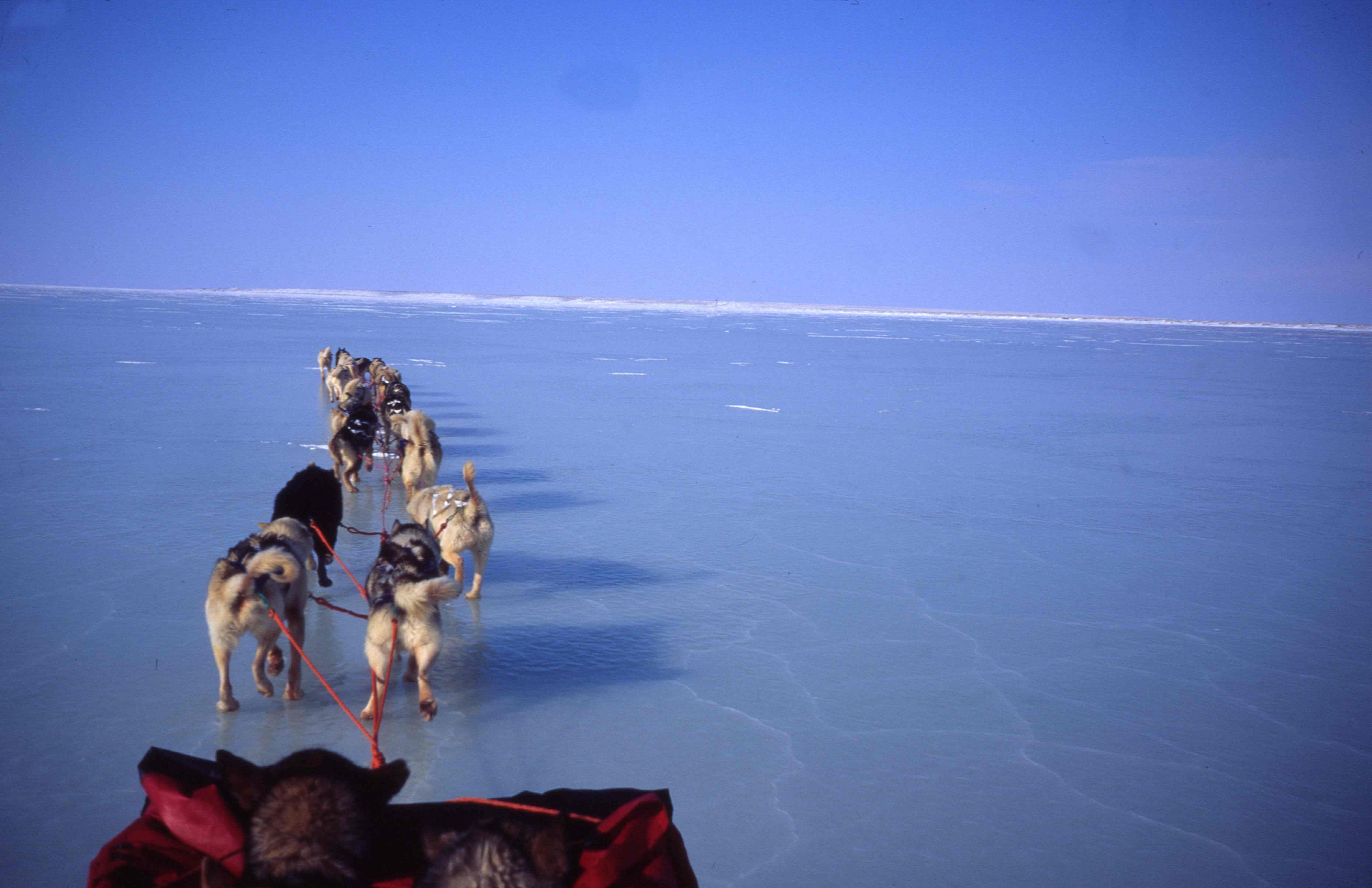

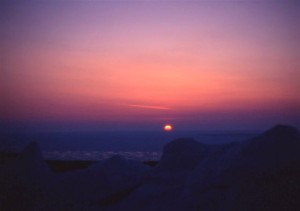
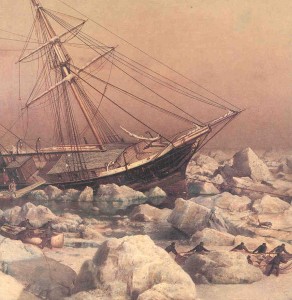
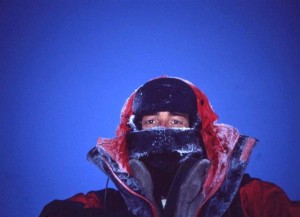
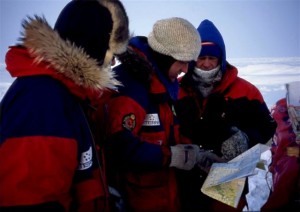
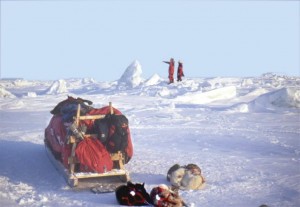
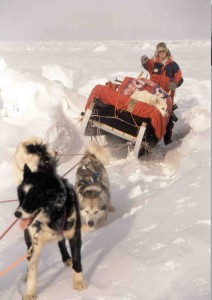

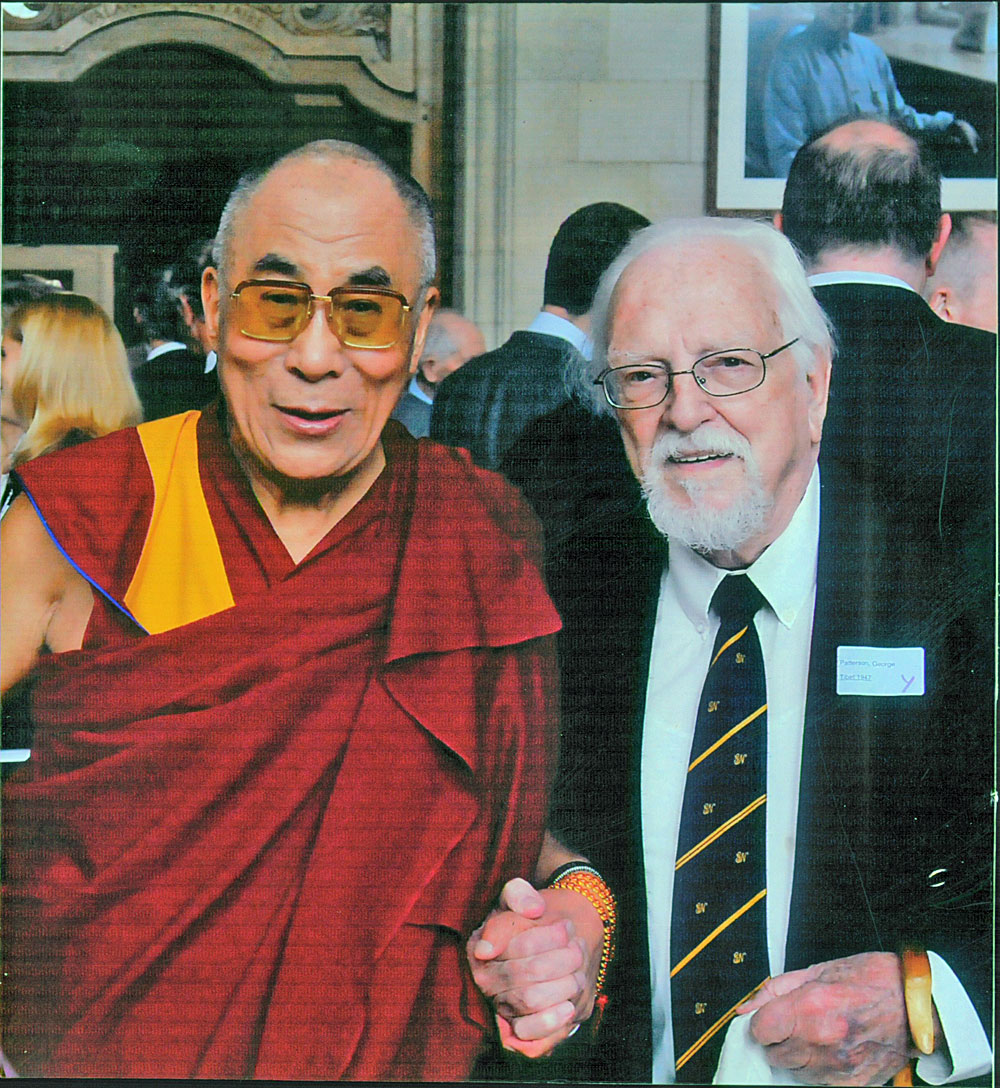
What is the lat/long of the memorial cross to Delong? Do you know the coordinates of their final camp?
Thanks.
Hi,
Thanks for your interest.
126.30 E by 72. 5 N and you can’t miss it.
Would be nice to know more about your interest about this story of Delong. Drop me an email and let me know.
Best regards,
Carl